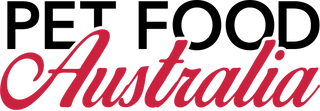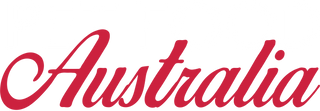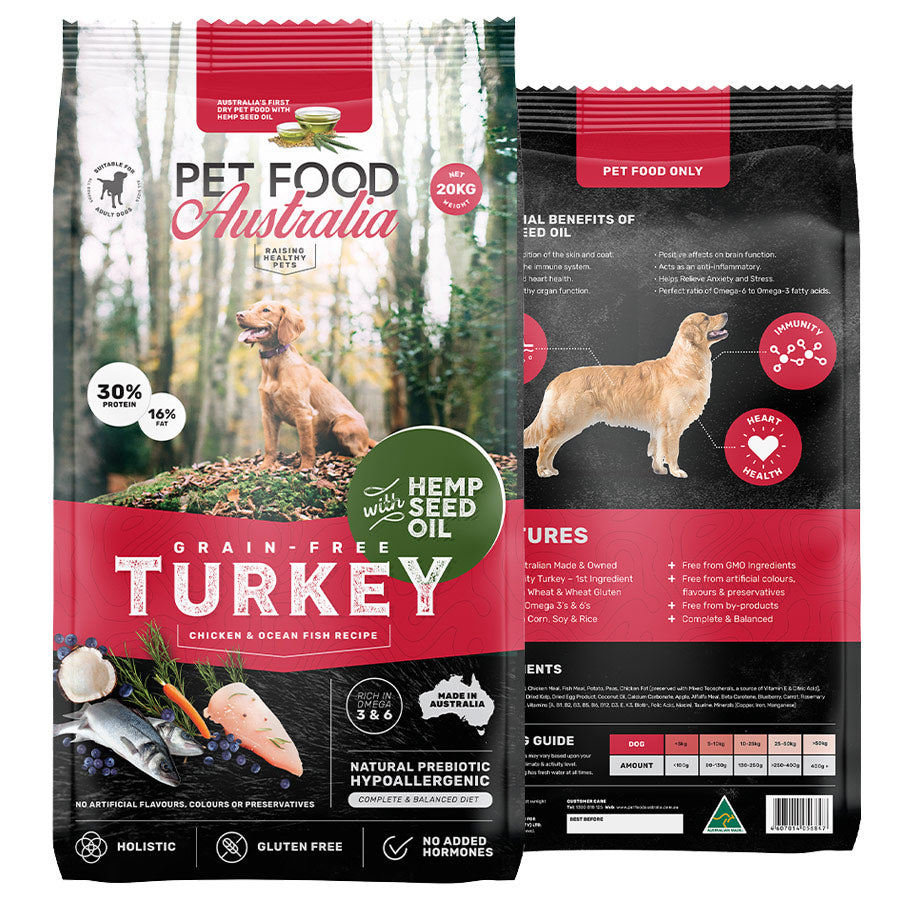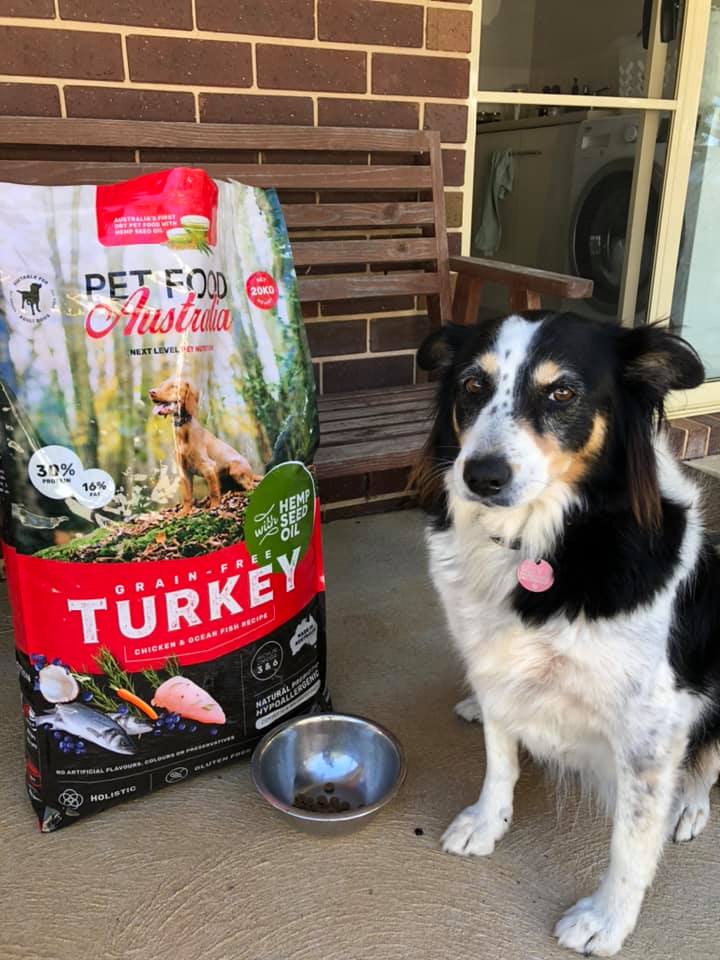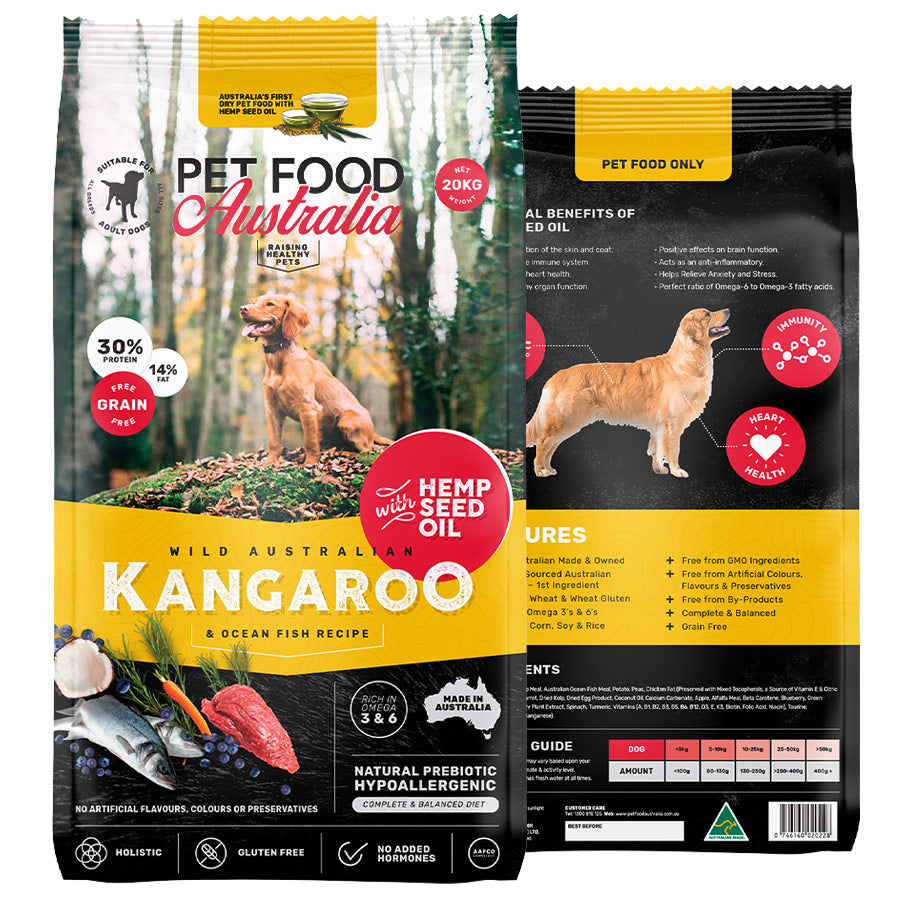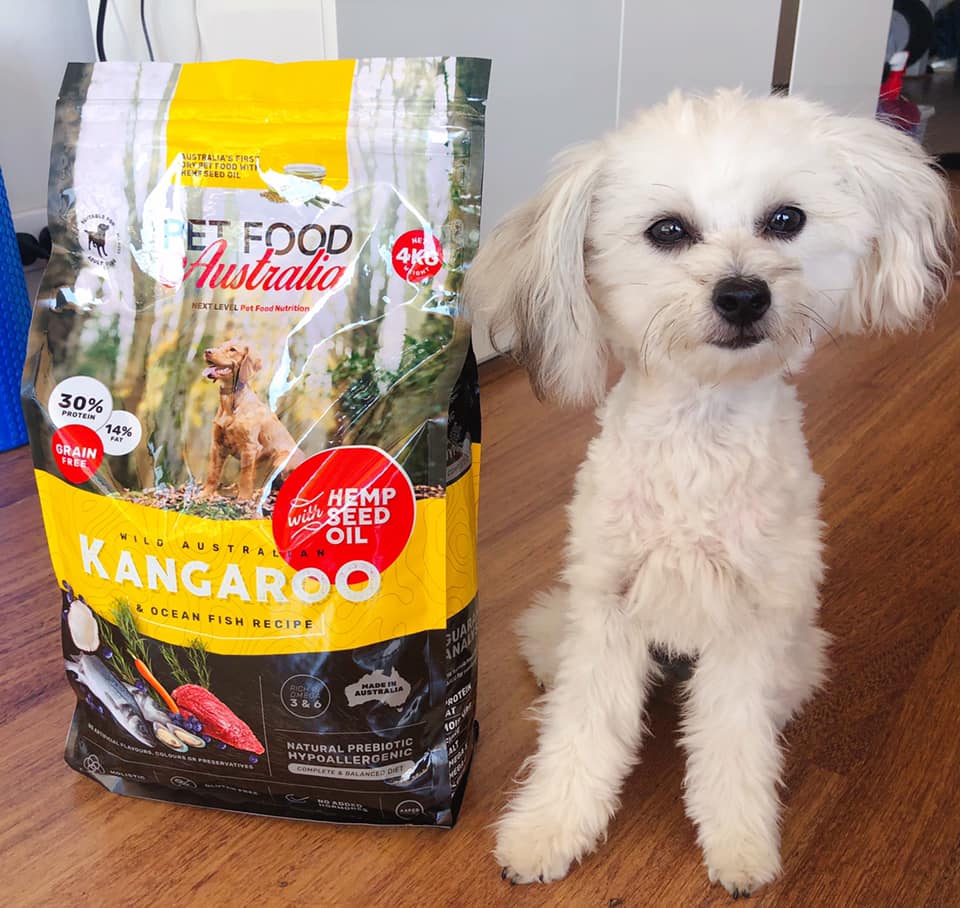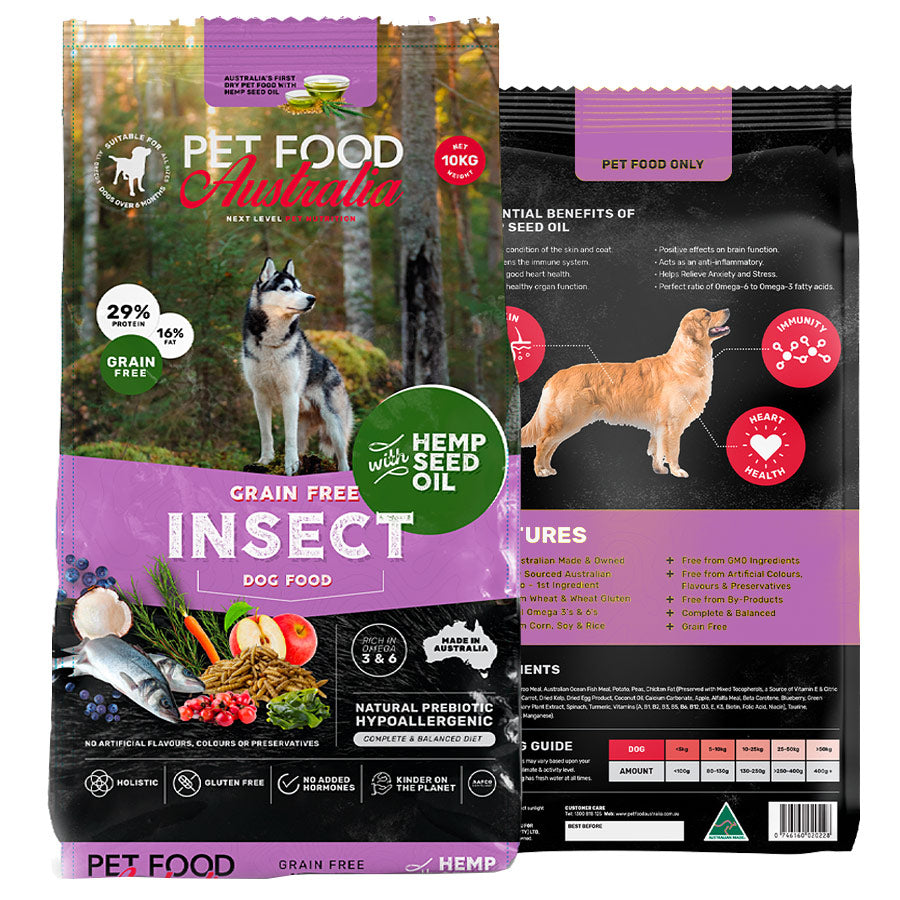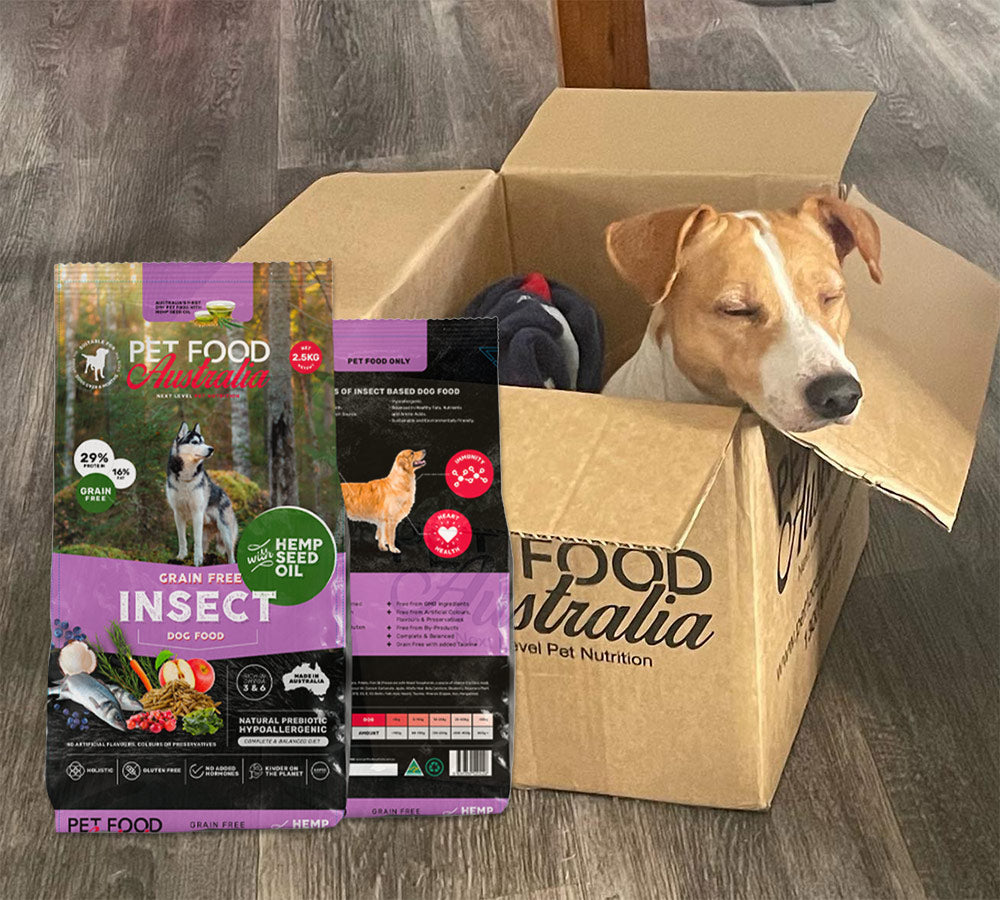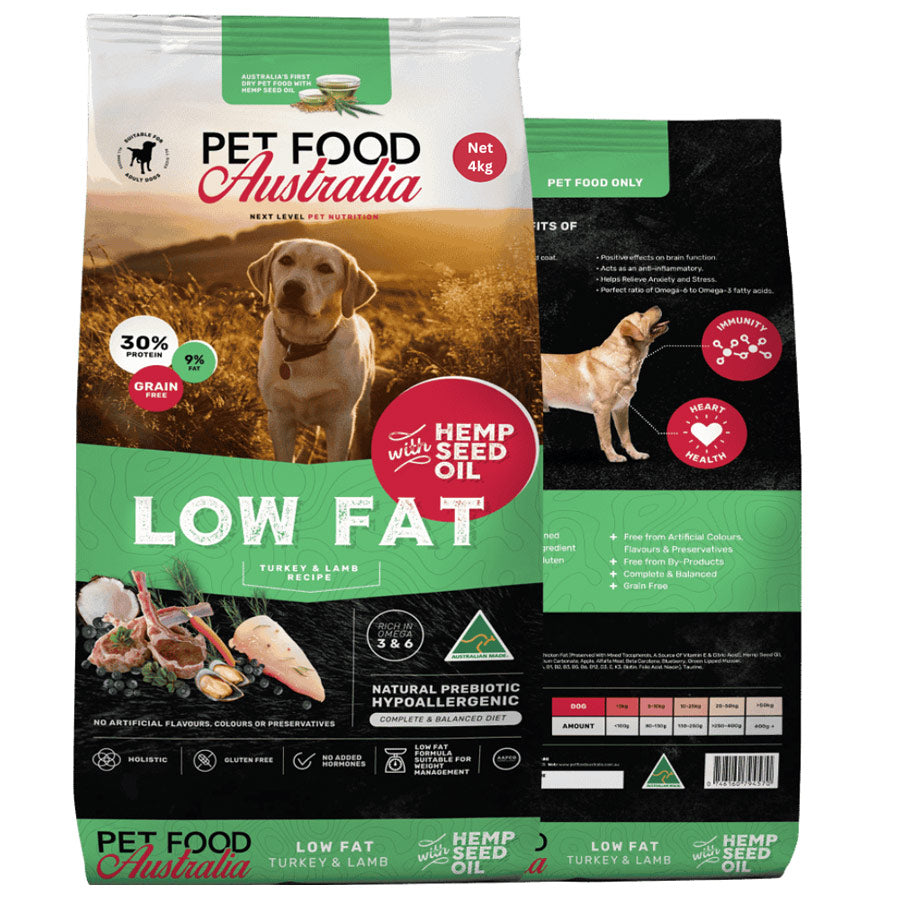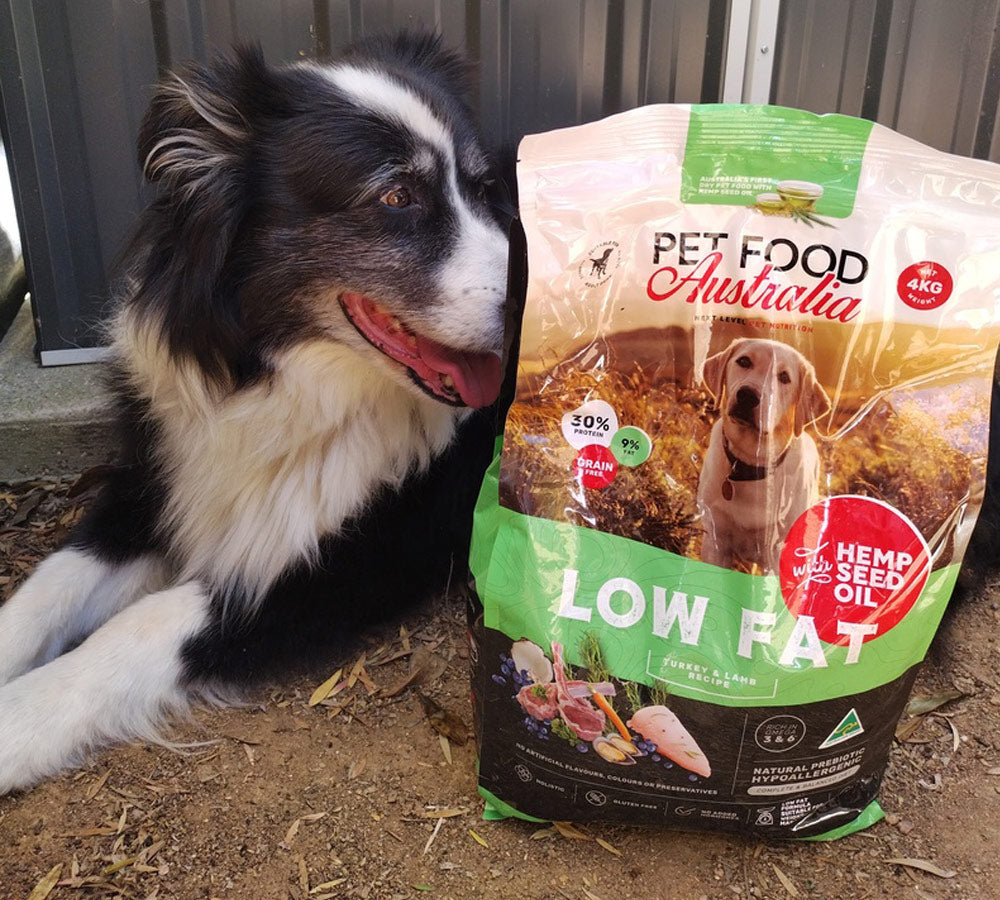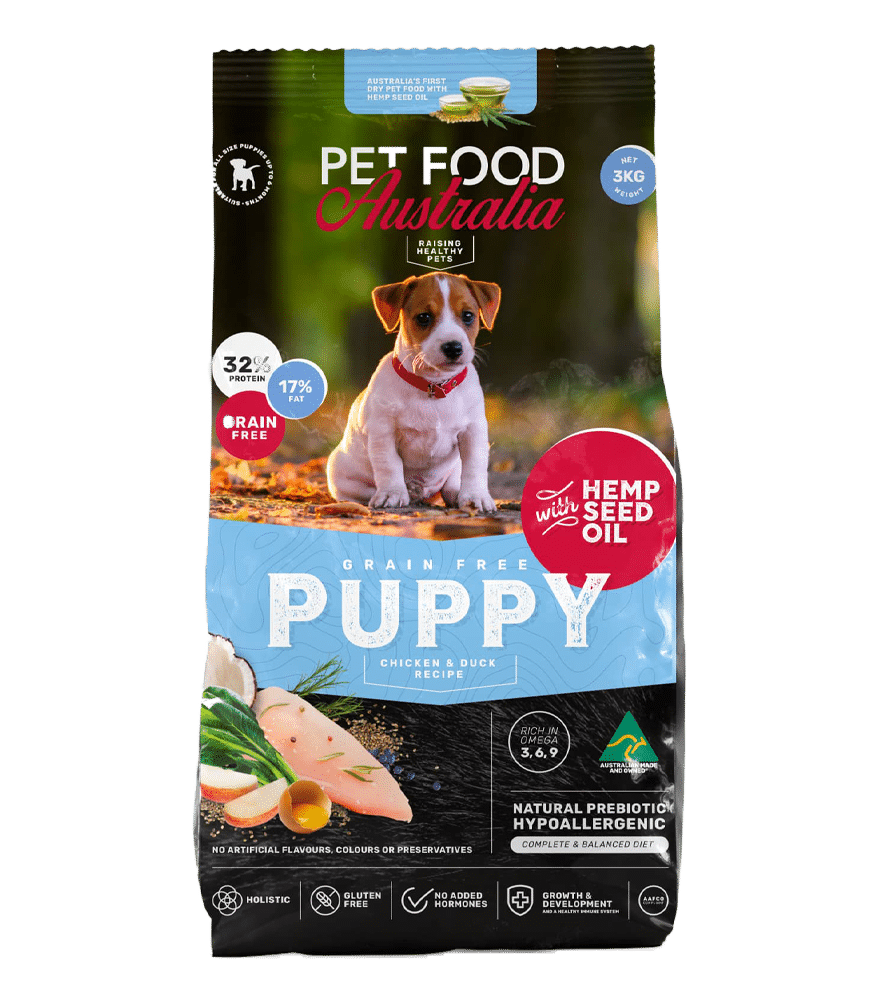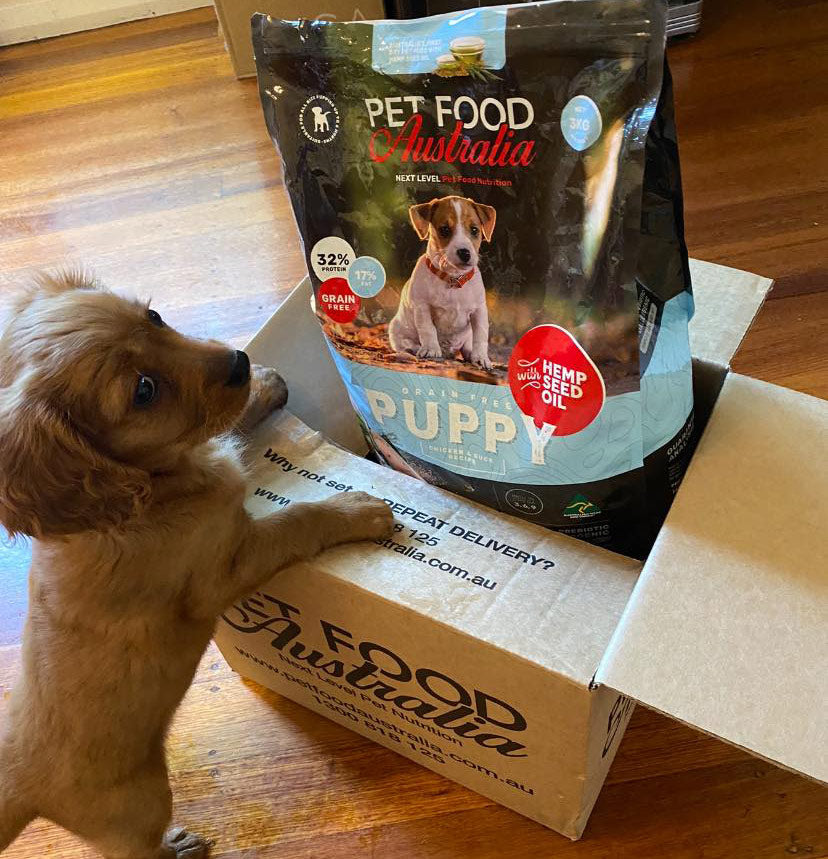How To Clean Your Dog's Bowl (And Why It Matters More Than You Think)

Let's be honest—washing your dog's bowl probably isn't high on your to-do list. But here's the thing: that crusty food buildup and slimy water residue? It's not just gross—it's a health hazard.
Imagine eating off the same unwashed plate every day. Not exactly five-star dining, right? The same goes for your dog. A clean bowl plays a surprisingly big role in their overall health and wellbeing — and yours too.
So, if you've been casually rinsing their bowl every now and then, it might be time to level up. Here's everything you need to know about how to clean your dog’s bowl properly (and why it matters).
Why Is Cleaning Your Dog's Bowl Important?

Dog bowls are germ magnets. In fact, a study by the National Sanitation Foundation found they're one of the top five germiest places in the home, right up there with your kitchen sponge and bathroom taps.
If not cleaned regularly, your dog's bowl can harbour harmful bacteria like Salmonella, E. coli, and even MRSA—and if you're not sure what MRSA stands for, we'll save you the Google search. MRSA stands for Methicillin-Resistant Staphylococcus aureus. It's a type of bacteria resistant to many common antibiotics (*insert vomit emoji here).
These nasties don't just pose a risk to your dog, but also to anyone in your household handling their bowls.
Still not convinced? Dirty bowls can also:
-
Contaminate food and water with mould, algae, or pests
-
Irritate the skin around your dog's mouth
-
Worsen dental hygiene
-
Attract ants, flies, and other unwelcome guests
The bottom line? A quick rinse doesn't cut it. Regular cleaning is essential to keeping your pet (and your family) healthy.
What Type of Bowl is Best for Your Dog?

Not all bowls are created equal. Some materials are harder to clean and more likely to harbour bacteria. Here's a quick rundown:
Plastic Bowls
It's affordable but easily scratched, and those scratches make the perfect hiding spots for germs. If you go with plastic, clean it often and replace it regularly.
Stainless Steel Bowls
The gold standard. Durable, rust-resistant, and easy to sanitise. Plus, they're less likely to develop odours or hold onto slime.
Ceramic Bowls
A stylish option that stays cool in summer and is often dishwasher-safe — just be sure the glaze is lead-free and not chipped, as cracks can trap bacteria.
Pro tip: Have a few bowls on rotation so you always have a clean one on hand (especially helpful on busy mornings).
How To Clean Your Dog's Bowl (The Right Way)

Hand Washing
Yes, your dog's bowl deserves a proper scrub every day. After their meal, use hot water and dish soap, just like you would for your own plate. Use a sponge or brush dedicated to pet dishes (not the one you use for your latte mugs).
Rinse well and dry completely with a clean cloth or let it air dry.
Disinfecting Weekly
A squeaky-clean bowl can still carry bacteria invisible to the eye. Once a week, give food and water bowls a deeper clean by soaking them in a solution of:
-
½ cup of bleach + 1 gallon of water
-
Soak for 10 minutes
-
Rinse thoroughly and dry completely
If bleach isn't your thing, white vinegar is a natural alternative. It won't disinfect as powerfully, but it's better than nothing.
Dishwasher Cleaning
If the bowl is dishwasher-safe, you're in luck. Toss it in on the hottest setting and let your machine do the work. Just be sure it's washed separately if you're not keen on mixing pet items with your own dinnerware.
Does Diet Affect How You Clean the Bowl?

Yep, especially if your dog is on a raw diet. Raw meat increases the risk of harmful bacteria, so those bowls need a thorough wash after every use. No shortcuts here.
Dry food, like our premium range at Pet Food Australia, still requires daily cleaning, but it won't leave as much residue behind.
Bonus Hygiene Tips for Mealtime

Keeping your dog's bowl clean is a great start, but it's not the only thing that matters at mealtime. Here are a few extra pointers:
-
Store food properly: Use airtight containers and keep them clean, too!
-
Fresh water daily: Water bowls should be washed and refilled at least once a day.
-
Don't scoop with the bowl: Use a clean scoop or measuring cup.
-
Use a washable placemat: Especially if your dog's a messy eater.
-
Check for wear and tear: Cracked bowls? Time for a replacement.
Cleaning your dog's bowl might seem like just another chore, but it's one of the simplest (and most overlooked) ways to support their health. Daily washes, weekly disinfecting, and a good-quality bowl can make a world of difference.
At Pet Food Australia, we believe a healthy pet starts with what's in their bowl — and what it's served in. So while you're topping up their dinner with nutritious, Aussie-made goodness, give that bowl a little TLC too.
Because clean bowls = happy tummies = wagging tails.
